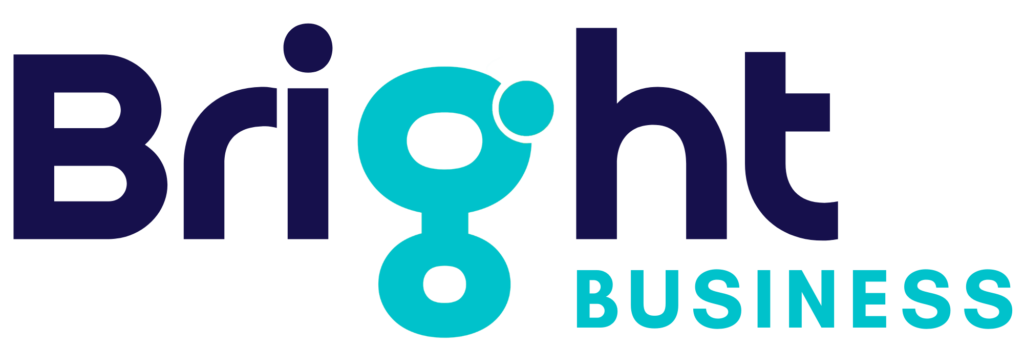Shared leadership is a way to distribute the responsibility for leadership broadly throughout an organization or team. The individuals within a team or organization take on the leadership role to achieve the desired goals and objectives. This is a good strategy to build a collaborative and productive team environment. The benefits of shared leadership can be significant for teams and organizations.
Collaboration
The concept of collaboration in shared leadership can be very powerful when applied correctly. It promotes discussion, assessment, alignment, and shared vision. However, in order for it to work, you need to create an environment that supports and encourages collaboration. It can also improve personal productivity, team productivity, and overall workplace culture.
This type of leadership approach can be appropriate for many industries and situations. It emphasizes the idea that the whole organization is a living organism, and it is important for the different parts to collaborate to solve a problem. In addition, most problems faced by any organization are interdisciplinary in nature, meaning that no one person or department can provide all of the solutions.
Communication
Communication as part of shared leadership can help to increase the performance of the team. This type of leadership involves sharing a vision and encouraging self-management skills. It also involves fostering an attitude of inclusivity and diversity. The following are some of the key aspects of this type of leadership. These will help you to create a shared vision and encourage team members to contribute their ideas and talents.
The philosophy behind shared leadership is to focus on the team as the center of leadership. In addition, it is important to de-emphasize the hierarchy and place more emphasis on vulnerability. More organizations are moving toward this type of leadership. In fact, a growing number of engineering and technology companies are actively practicing it. By fostering this type of leadership style, these organizations have developed a unique way of operating.
Transparency
Transparency is a powerful tool for shared leadership. It helps to offset blind spots and ensure that everyone has an equal opportunity to contribute to a team’s success. When a leader is transparent about his or her mistakes, it shows that he or she is a human and that he or she is committed to performance and growth.
Creating a transparent workplace can foster a positive culture and foster employee commitment and participation. Employees who trust their leaders are less likely to quit, are more likely to believe in their leaders and are committed to company decisions. As a result, trust and commitment are strongly linked to job satisfaction.
Accountability
Accountability can be a powerful tool in shared leadership. It helps you create an environment where people are held accountable for their actions and for the results they produce. This can be achieved through a variety of techniques. For example, you can use a Job Scorecard to set clear expectations among team members. This will help team members understand their responsibilities and move forward after failures.
Creating a culture of shared accountability requires the leaders and team members to be clear about their responsibilities, timelines, and expected outcomes. To achieve this, you must provide appropriate information to your teams, and you must give them the tools to be effective. Accountability should be non-performative, which means that your leaders should consult stakeholders only when they have the opportunity to reflect on the information and make informed decisions. This process may not work so well for executive decisions that are only subject to a limited amount of discussion.
Multi-Directionality
A key feature of shared leadership is that it empowers each member of a team to assume a leadership role. This communal approach to sharing responsibilities fosters constant growth and collective decision-making. For example, experts in a field may be divided into teams, with each team leader having the responsibility of leveraging the expertise of each team member. This can help the experts show off their own personal strengths. This type of shared leadership differs from traditional heroic leadership, which separates followers from leaders.
Multi-directional leaders are able to recognize threats from many directions and seek help from others when necessary. While one-directional leaders are adept at fending off problems from one direction, they leave their flock vulnerable to threats from multiple directions. This approach fosters a more holistic vision for ministry.
Personal Initiative
Personal initiative (PI) is a form of proactive behavior that is characterized by self-starting and self-awareness. Its principal outcomes include individual and organizational performances. Although the exact measurement of PI is a challenge, several empirical studies have found a positive relationship between the traits and organizational outcomes. In addition, research has shown that high levels of PI are associated with entrepreneurship and employment success.
Shared leadership is one of the most important qualities of high-performance leadership. It creates an environment in which team members feel empowered and engaged. This results in higher job satisfaction and increased productivity. It also encourages a culture of individual initiative, a key ingredient to a happy and successful workplace.
ALSO READ: Cobra Wraps Itself Around Child Neck For Two Hours

